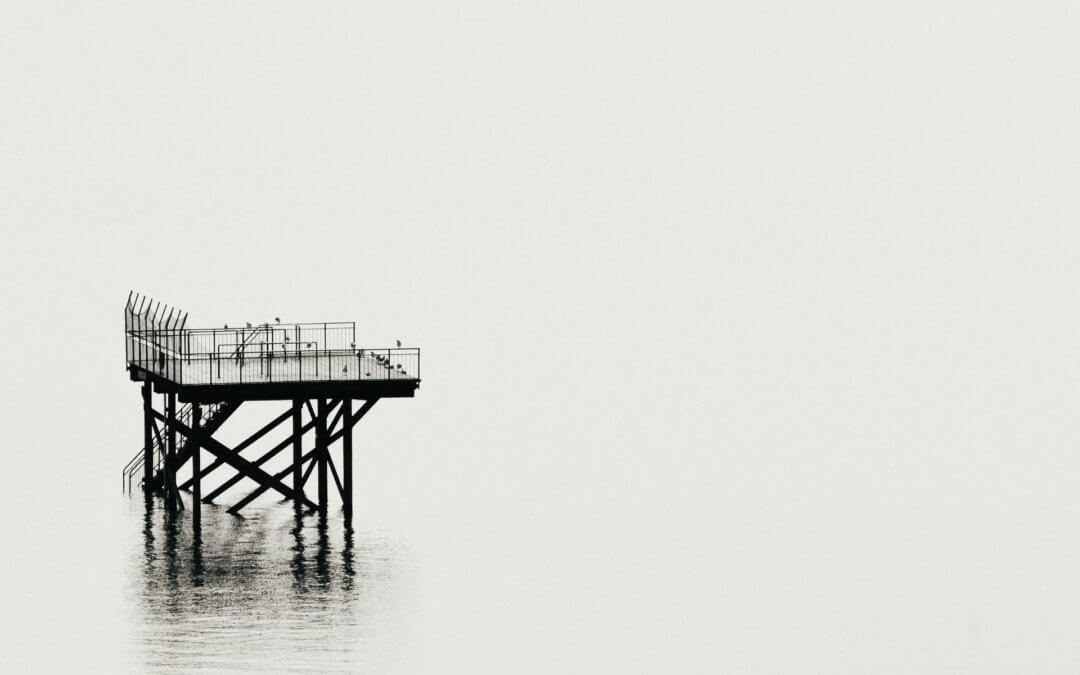Photography composition is the technical and artistic arrangement of elements within a photograph. Photography composition can be seen as the opposite of photography chaos. The goal of good photography composition is to create balance, order, and control in an image.
This article will explore various principles for achieving this type of balance in your compositions through careful use of negative space, spatial relationships, shape variety, color harmony, perspective concerns, and more.
What is Photography Composition?
When it comes to photography composition, there are a few key things to keep in mind in order to create well-balanced and visually appealing images. Photography composition is the technical and artistic arrangement of elements within a photograph. This means that you need to think about how you place everything within the frame in order to create a harmonious and visually pleasing image.
There are many principles of photography composition that you can consider when taking photos. Some of these principles include using negative space, creating spatial relationships between objects, using varied shapes, achieving color harmony, considering perspective and depth, and more. By keeping these principles in mind, you can create well-balanced and visually appealing photos with ease.
If you want to master composition, select and practice one composition technique in each of your next shoots to refine your skills, and creativity and enable you to make better photos.

How to Use Photography Composition Technique
When you’re taking a photo, it’s important to use composition techniques to create a well-balanced and interesting photo. Here are a few tips on how to use composition to improve your photos:
1. Use the Rule of Thirds
The rule of thirds is one of the most basic and well-known Photography Composition Rules. This rule dictates that you should divide the frame into thirds, with two horizontal lines and 2 vertical ones, and place the most important elements along these lines or at their intersections. This will help to create a more balanced photo.
Another way to use the rule of thirds is by using special composition tools in your photo editing software. These tools will help you to easily divide the frame into thirds and place your subject along these lines.

2. Pay Attention to Depth of Field
Depth of field is the range of focus in a photograph. When you’re taking a photo, you can control how much of the photograph is in focus by adjusting the aperture. A small aperture will give you a deep depth of field, while a large aperture will give you a shallow depth of field.
Depth of field is a photography composition technique that can be used to control the focus of your image. When used properly, it can create a sense of depth and dimension within your photo. There are several ways to use depth of field to achieve different effects:
- Use a large aperture to create a shallow depth of field and blur the background. This will provide attention to the main subject of your photo.
- Use a small aperture to create a deep depth of field and keep everything in focus. This can be used to show off your surroundings or create a sense of symmetry in your photo.
- Adjust your focus point to place emphasis on certain elements within the frame. This is a great way to highlight a particular detail in your photo.
- Use wide-angle lenses to create a sense of depth and exaggerated perspective. This can be used to make an ordinary scene appear more dramatic.
- Use a telephoto lens to compress the elements within the frame and create a tighter composition. This can be used to isolate your subject from its surroundings.

3. Use Leading Lines
Leading lines are a powerful compositional tool that can be used to draw the viewer’s eye into and around the photograph. The viewer’s eye is naturally drawn to the focal point, of the photo, or they can be used to create a sense of depth and movement within the image. There are many different types of leading lines, and each can be used in a different way to create a unique composition. Some of the most common types of leading lines include:
- Railroad tracks
- Roadways
- Rivers and waterways
- Trees and branches
- Architectural features
Proper use of lead lines can add excitement and intrigue to your photos, and can help to create a more balanced and well-composed photograph.
When using leading lines in landscape photography, it’s important to consider the angle at which they’re photographed. If they’re photographed from too high up or too low down, they can lose their impact. It’s also important to make sure that the leading lines lead to something interesting – for example, a beautiful view or an interesting subject. If they lead to nowhere, they’ll just be a distraction from the main subject of the photo.
The use of a leading line can provide a very dynamic composition, strong lines can be effective a holding a viewer’s attention.
You may also consider the following lines:
Diagonal Lines
Vertical Lines
Horizontal Lines
Straight Lines
Curved Lines
Look for examples of each of these and how you can use them to produce good composition.

4. Create Symmetry
Symmetry is often used in photography composition because it can be aesthetically pleasing to the eye. When elements are symmetrical, they often appear to be balanced and harmonious. There are many different ways to use symmetry in your photos, and here are a few examples:
– Mirroring: This is when you place two similar objects on either side of the frame, creating a mirror-like effect.
– Reflection: A reflection can add an extra dimension to your photo and make it look more abstract. You can use reflections in water, windows, or even buildings.

5. Use Negative Space
Negative space (NS) is the area of an image that is not occupied by the main subject. It can be used to great effect in photography composition, as it can help to focus the viewer’s attention on the main subject. There are a few ways to use it in your photos:
1. Place the main subject off-center, and use the surrounding space to frame it.
2. Leave a lot of negative space around the main subject for a minimalist look.
3. Use negative space to create shapes and patterns in the photo.
4. Fill the frame with negative space for a calming effect.
5. Leaving negative space in the direction a subject is moving or looking can amplify the motion in an image.
NS can be a powerful compositional tool if used correctly. It can be used to frame the subject of a photo, to create a more abstract composition, or to draw attention to the main subject.
There are a few things to keep in mind when using NS in your compositions:
– Don’t let the NS overpower the subject of the photo.
– Use NS to create balance in the composition.
– Try to use shapes and lines in the negative space to add interest.
The use of NS is one of the more advanced techniques to master but can create a beautiful dynamic tension in your work.

6. Use Patterns
When composing a photograph, it can be helpful to find pleasing patterns to use as part of the composition. Patterns can add interest and visual appeal to a photo, and they can also help to guide the viewer’s eye around the frame. Some common patterns that can be used in photos include lines, curves, shapes, and textures.
When looking for patterns to use in your photos, try to find ones that are interesting and unique. You don’t want to use the same old patterns that everyone else uses. Also, be sure to place the patterns in the right places within the frame for maximum effect.
Some tips for using patterns in your photography:
– Look for interesting and unique patterns
– Place patterns in the right places within the frame for maximum effect
– Use patterns to add interest and visual appeal to your photos
– Use patterns to guide the eye around the frame.
Be careful that the patterns you use don’t detract or distract in the final image
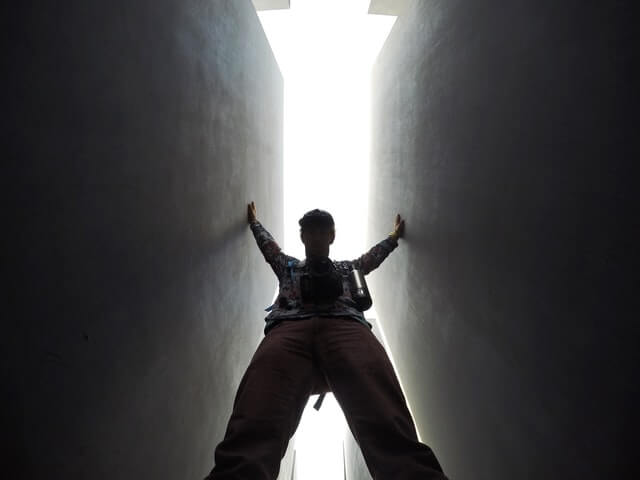
7. Shoot from Different Angles
When it comes to photography composition, using different viewpoints can be a great way to add creativity and interest to your photos. Changing your perspective can also help you to see scenes in a new way. Here are a few tips for using different viewpoints to create more interesting photos:
Get down low
Getting down on the ground or shooting from a low angle can give your photos a more powerful perspective. This is especially effective for landscape photos, as it can make the scene seem more dramatic.
Climb high
Shooting from a high vantage point can also be a great way to add interest to your photos. This is especially useful for photographing buildings or other large structures.
Use props
Using props, such as chairs, ladders, or even just your body, to change your perspective can be a great way to add creativity to your photos.
Shoot through objects
Shooting through objects can create an interesting and creative photo composition. This technique can be used to hide distractions in the background or to create a more abstract photo.
Use reflections
Reflections can be a great way to add interest and symmetry to your photos. Try photographing reflections in windows, puddles, or other bodies of water.
Use lines
Using lines in your photos can help to lead the eye towards the main subject of the photo. Curved lines can add visual interest and depth to a photo, while straight lines can give a photo a more graphic feel.
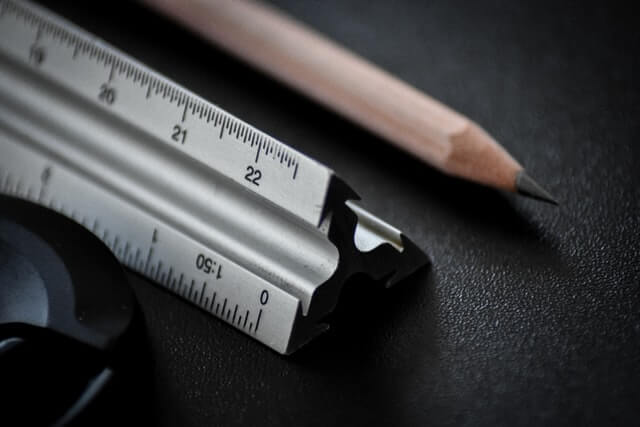
8. Zoom In or Out – change Focal Length
Focal length is one of the most important aspects of photography composition. It determines the angle of view and the magnification of an image. Changing the focal length can be a great way to add creativity and interest to your photos. Here are a few tips for using different focal lengths to create more interesting photos:
Zoom in for detail
Zooming in can help to focus attention on the subject of the photo and create a more detailed image. This is especially effective when photographing small objects or details.
Zoom out for drama
Zooming out can provide a more distant perspective and add drama to your photos. This is especially effective when photographing landscapes or large structures.
Change perspective with tilt
Tilting your camera can help to change the perspective of your photo. This can be a great way to emphasize the lines in a photo or to create a more interesting composition.
9. Use Depth of Field
Depth of field is another important aspect of photography composition. It determines how much of the photo is in focus. A shallow depth of field will keep only a small area in focus, while a deep depth of field will keep most of the photo in focus. Here are a few tips for using different depths of field to create more interesting photos:
A shallow depth of field can add interest
Using a shallow depth of field can help to focus attention on the subject of the photo and create a more dramatic effect. This is especially effective when photographing portraits or other close-up shots.
A deep depth of field can add realism
A deep depth of field can help to create a more realistic and lifelike photo. This is especially effective when photographing landscapes or other wide scenes.
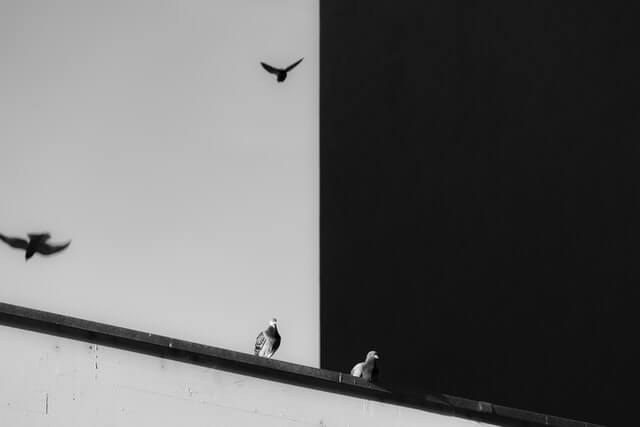
10. Use Light and Shadow
Light and shadow can be a great way to add interest and drama to your photos. Here are a few tips for using light and shadow to create more interesting photos:
Use shadows to direct the eye
Shadows can be used to guide the viewer’s eye around the frame. Try positioning your subject so that it is casting a shadow on an interesting part of the background.
Use highlights and reflections
Highlights and reflections can be used to add interest and symmetry to your photos. Try photographing subjects that are reflecting light or are in a strong spotlight.
11. Experiment!
The best way to learn about photography composition is to experiment and try different things. Don’t be afraid to try new techniques and experiment with different ways of composing your photos. The more you experiment, the more you’ll learn about what works and what doesn’t. So go out and start experimenting today!
12. Get inspired
One of the best ways to improve your photography skills is to get inspired by other photographers. Look at the work of different photographers and see how they approach composition and lighting. Not only will this help you to become a better photographer, but it will also help to broaden your photographic horizons. So go out and start looking at the work of different photographers today!
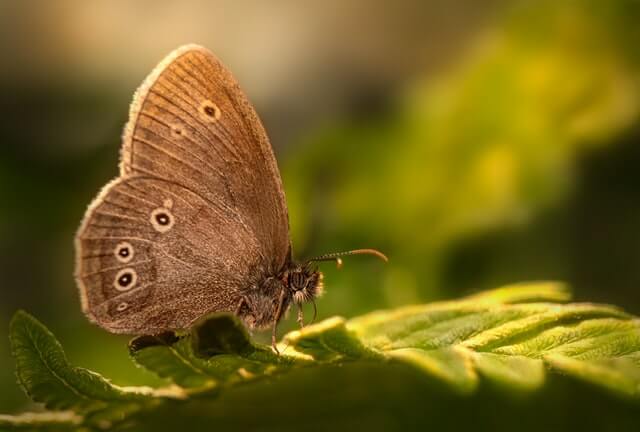
13. Use Foreground Interest
The foreground can be used to add interest and depth to your photos. Try to find objects or features in the foreground that will add interest to the photo.

14. Fill the Frame
Don’t be afraid to fill the frame with your subject. This will help to create a more powerful and impactful composition.
15. The Golden Ratio
The golden ratio is a mathematical principle that can be applied to photography composition. It is often used to create a more balanced and aesthetically pleasing photographic composition.
The golden ratio is based on the Fibonacci sequence, which is a series of numbers in which each number is the sum of the previous two numbers.
The golden ratio can be found by dividing a line into two parts so that the longer part divided by the shorter part is equal to the sum of the two parts.
This principle can be applied to photography composition by placing the subject of the photo at one of the points where the golden ratio is found.
The golden ratio is a ratio of 1:1.618, and can be applied by dividing the frame into two sections.
The larger section should be 1.618 times the size of the smaller section.
This principle can be used to place the subject of the photo in relation to the surrounding environment.
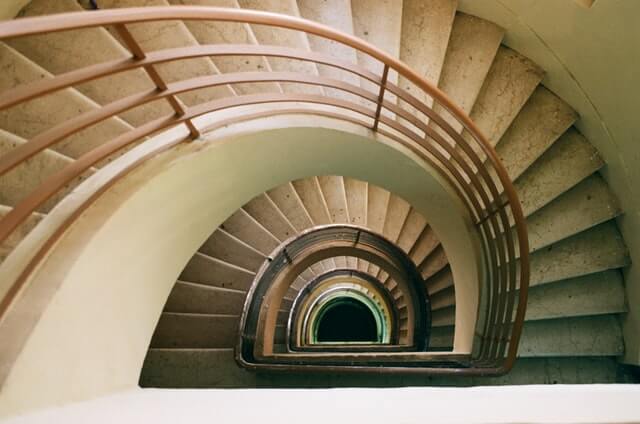
16. The golden spiral
The golden spiral is another principle of photography composition that is based on the Fibonacci sequence. The golden spiral can be found by drawing a spiral that uses the Fibonacci sequence. The spiral will converge on a point called the golden mean.
The golden mean can be used to place the subject of a photo in relation to the surrounding environment.
One of the most stunning examples of the golden spiral in nature can be found in the Fibonacci sequence of a sunflower. The spiral is created by the arrangement of the seeds on the sunflower head.
The Fibonacci sequence can also be found in the petals of a flower, in the arrangement of leaves on a tree, and in the shape of a nautilus shell.
The 16 tips listed above are just a few of the many composition techniques that can be used to improve your photos. Photography composition is a complex and ever-evolving topic, so don’t hesitate to experiment and try new things. The most important thing is to have fun and enjoy photography!
